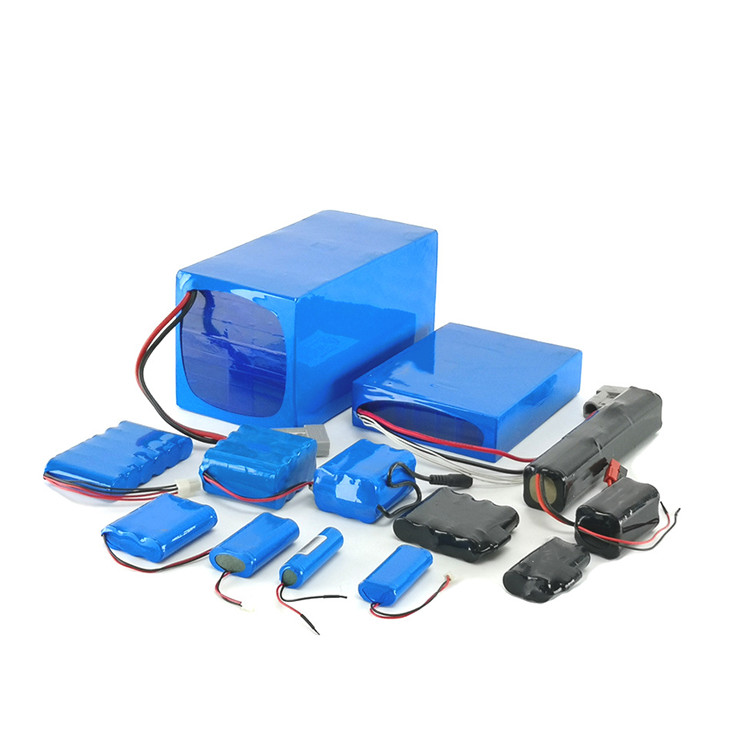Lithium batteries: “powerful heart” for electronic products running smoothly
September 14, 2020
In recent years, China’s power lithium ion battery has developed rapidly, which is mainly due to the strong support and correct guidance of the national policy to the new energy automobile industry. Driven by the national energy conservation and environmental protection policy, the sales volume of new energy vehicles is increasing year by year. As the main body of new energy vehicles, the market demand is naturally “rising “. The high energy density and high stability of the car gauge grade lithium ion battery has expanded the prospect of the electric vehicle industry and has been preliminarily recognized by the government and the market.
As a rechargeable battery, lithium ion battery mainly depends on the movement of lithium ion between positive and negative electrodes. The upstream raw materials of lithium ion battery industry mainly include nickel, cobalt, manganese, lithium ore and graphite ore, which make up electrolyte, positive and negative electrode material, electrode substrate, diaphragm, etc. The middle reaches are manufactured and packaged by assembling diaphragm, positive and negative electrode material, electrolyte, electrode substrate into electric core, and the downstream is the application field.
In fact, people are no stranger to lithium ion batteries, which have been widely used in smart phones, laptops, tablets and other portable electronic devices. According to the concept of application field, lithium ion batteries are divided into three categories: consumption type, power type and energy storage type.
In particular, lithium ion batteries can be divided into lithium manganese oxide, lithium iron phosphate, lithium cobalt oxide and lithium nickel cobalt manganese lithium, and so on. Compared with other types of lithium ion batteries, ternary lithium ion batteries have higher energy density and can make cars run farther under the same volume, so they are favored and recognized by many consumers.
At the same time, almost all smart phone batteries are lithium ion batteries, which generate electricity by moving lithium ions in the positive and negative electrodes in the electrolyte solution needed for chemical reaction, thus supplying electricity to the mobile phone. Due to high charge-discharge efficiency and relatively thin and compact, such lithium-ion batteries have gradually become the mainstream of mobile phone batteries.
China’s new energy vehicle power lithium-ion battery installed capacity of 62.2 GWh, year-on-year growth of 9.3 percent, a faster growth. Some analysts point out that the market size of lithium electronic battery industry will continue to expand in the future. It is expected that by 2025, the scale of lithium electronic battery industry in China will exceed 600 billion yuan.
It is worth mentioning that with the development of intelligent manufacturing, lithium ion battery, as a new industry, is at an important turning point from childish to mature. In the process of lithium electricity industry moving towards the stage of high quality development, the large-scale improvement of industrial chain and the intensification of competition between enterprises are two obvious signs.
At present, lithium ion batteries have become the preferred technology for many applications, attracting the attention of many market participants in the supply chain. Battery R & D laboratories, material suppliers, battery component developers and manufacturers, battery and battery pack manufacturers, and system integrators are all stepping up the pace of layout and striving to achieve breakthroughs in key materials and core technologies for lithium batteries.
In addition to developing high – performance lithium – electron battery products, It is also important to do a good job in recycling waste lithium electronic batteries. According to reports Markets and Markets by international market research institutions, The global lithium-ion battery recycling market in 2019 is about $1.5 billion (10.5 billion yuan), The figure is expected to rise to $12.2 billion by 2025(about 85.2 billion yuan). Promoting the dismantling and reuse of lithium-electronic battery components, It also helps to improve resource utilization, Reduce environmental pollution.
<unk1> From early lead-acid batteries to Japanese Ni-MH batteries such as Toyota to lithium-ion batteries used roaster Tesla in 2008, traditional liquid lithium-ion batteries have dominated the power battery market for many years. In the future, the energy density and safety requirements of lithium electronic batteries will be further strengthened to ensure the practicability and safety of lithium electronic batteries.
At present, under the environment of lower cost, higher efficiency and higher battery capacity, electric vehicles that respond positively to the national call for energy saving and emission reduction have gradually become an important tool for people to travel on a daily basis. And the practical application of various new generation tools can not be separated from the battery this small component.








 Sales
Sales Sales
Sales Sales01
Sales01
 Sales Manager
Sales Manager